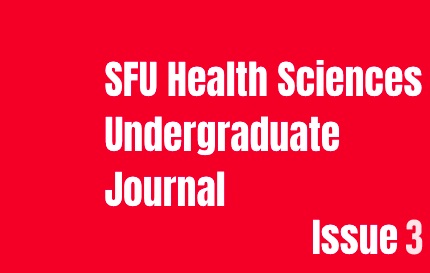The Challenges of Hearing Disability and Age-Informed Citizen Science During COVID-19
Main Article Content
Abstract
The World Health Organization estimates that by 2040, one in every ten people will experience a hearing disability (World Health Organization, n.d.). In 2017, 3.6% of working adults and 12.2% of older adults in Canada had a form of hearing disability (Morris, 2017). Older adults are notably affected as hearing disabilities increase with age (Morris, 2017). The built environment creates barriers for those with hearing disabilities, especially in older adults (Kochtitzky, 2011). There is a lack of research examining the effects of the built environment on people with hearing disabilities (Davies et al., 2001; Prescott et al., 2020). Current research tools focus on objective, quantifiable measures of the built environment rather than the subjective perspectives of disability populations who use the built environment (Kan et al., 2020). Researchers often lack disability-specific knowledge when collaborating with disability populations (Kelly-Corless, 2020; McKee et al., 2012; Singleton et al., 2014). The COVID-19 pandemic exacerbated existing environmental barriers for people with hearing disabilities and influenced the process of collaborative research (Tremblay et al., 2021). Future research on people with hearing disabilities and the built environment requires researchers to collaborate with the population of concern to ensure future changes are tailored to their needs.
Article Details

This work is licensed under a Creative Commons Attribution-NonCommercial 4.0 International License.
All content in this journal is published under a Creative Commons Attribution Non-Commercial license. Content can be freely shared, distributed, modified, and reused, providing credit is given to the original author, and the work is not used in any commercial context.

